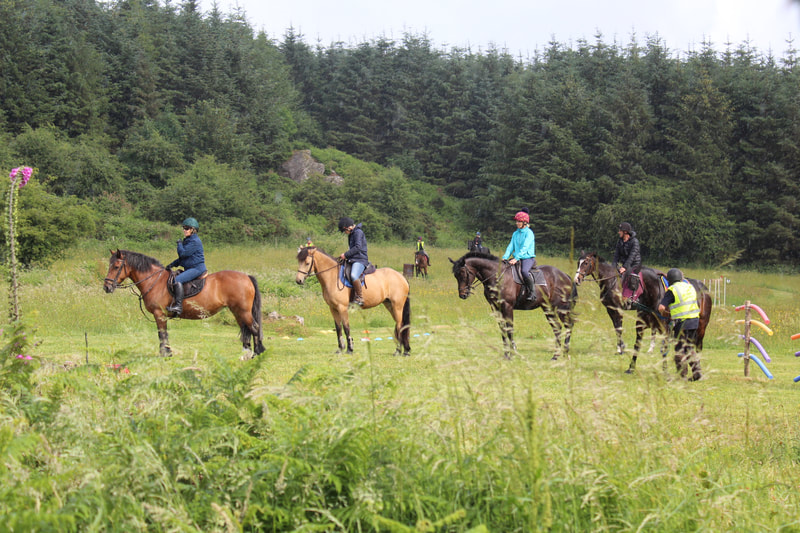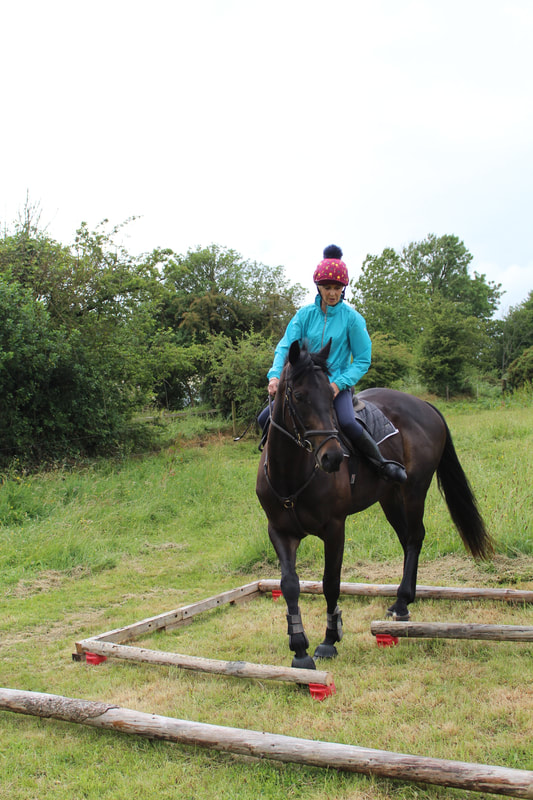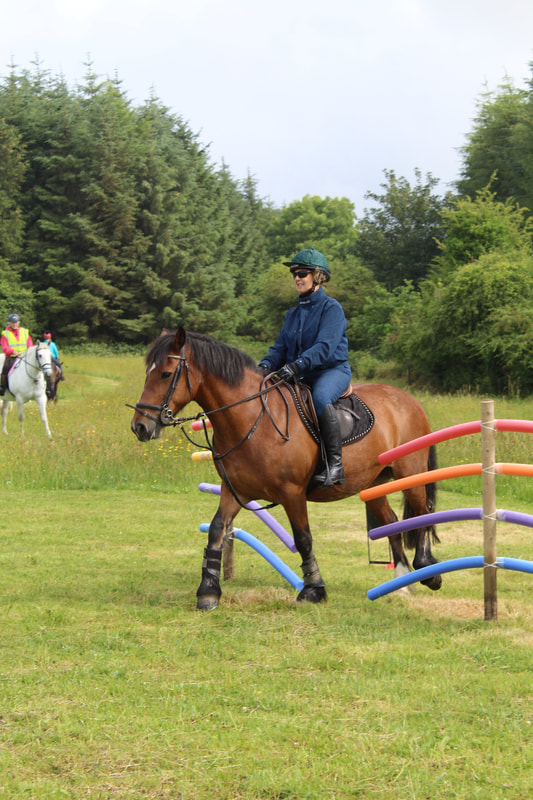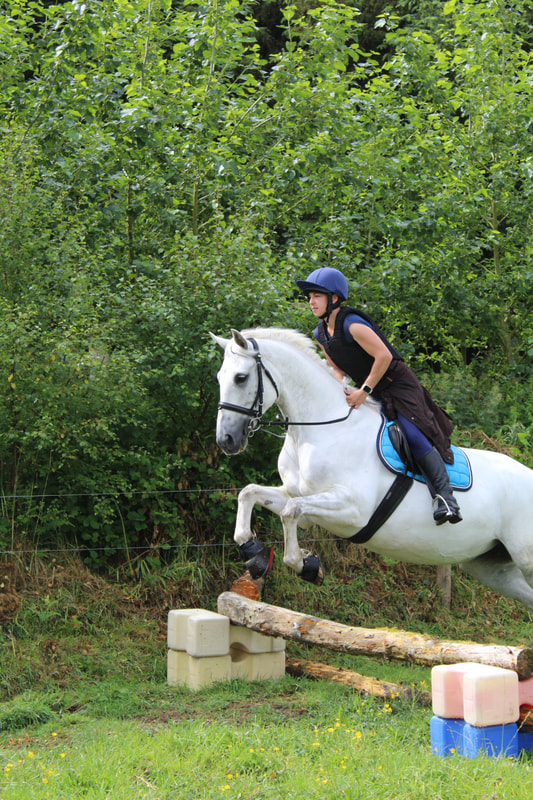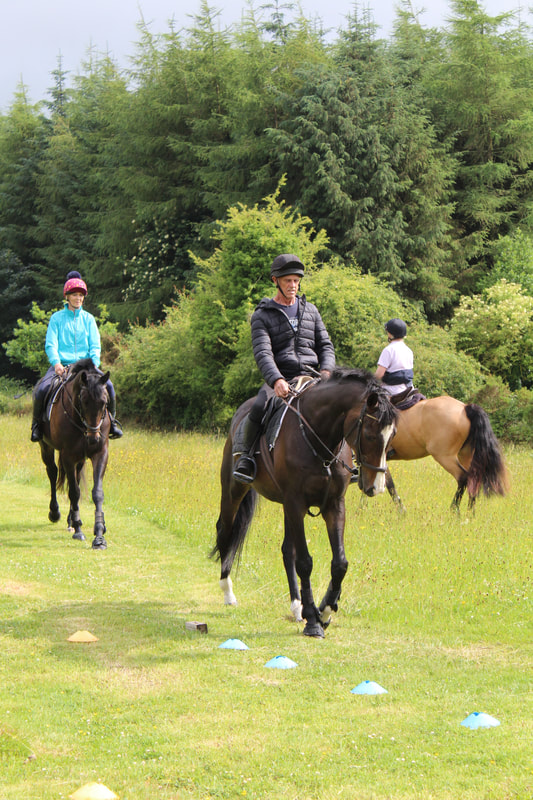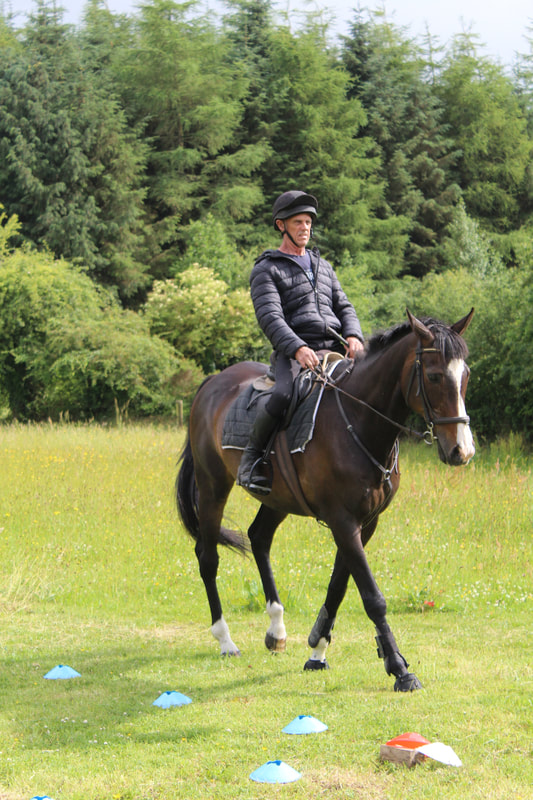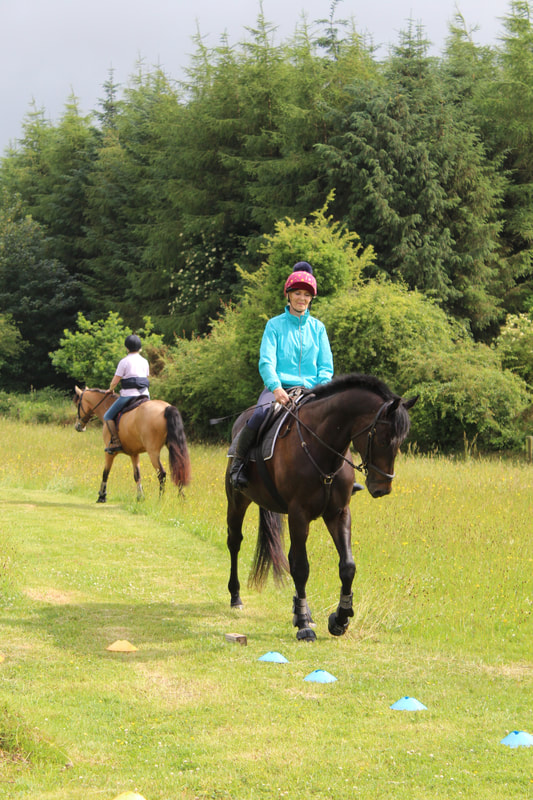TREC stands for Technique de Randonnee Equestre de Competition
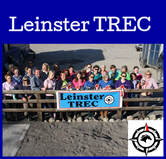
The sport of TREC originated in France as a sport designed to test the skills of trekking guides working in the equestrian tourism industry.
These skills include the ability to navigate a mapped route, manage pace, and safely maneuver obstacles that one might encounter on an extended trail ride or drive.
TREC was designed to test the competency of professional trekking guides, but proved so popular that it soon expanded to include equestrian tourists being guided by these professionals.
TREC is now practised in a large number of countries, including the UK, Germany, Portugal, Austria and Switzerland. Argentina, the United States and Canada are amongst the most recent to take up the sport.
These skills include the ability to navigate a mapped route, manage pace, and safely maneuver obstacles that one might encounter on an extended trail ride or drive.
TREC was designed to test the competency of professional trekking guides, but proved so popular that it soon expanded to include equestrian tourists being guided by these professionals.
TREC is now practised in a large number of countries, including the UK, Germany, Portugal, Austria and Switzerland. Argentina, the United States and Canada are amongst the most recent to take up the sport.
The governing body for TREC is FITE (Federation Internationale de Tourisme Equestre), the International Federation for Equestrian Tourism.
In Ireland the FITE membership is divided between TREC Ireland and AIRE (Association of Irish Riding Establishments).
In Ireland the FITE membership is divided between TREC Ireland and AIRE (Association of Irish Riding Establishments).
TREC is composed of three phases
POR
The POR (Parcours d'Orientation et de Regularite) is the orienteering phase of TREC. Riders follow a given route on a map at set speeds. Checkpoints are placed along the route, but their locations are unknown to the riders.
PTV
Parcours en Terrain Varie (Obstacle course) is the cross country element of TREC. The course is generally between 1k and 5km long and consists of 16 obstacles which test the skill and partnership of horse and rider. Obstacles may be mounted or led and include a range of the skills needed to negotiate riding in open terrain such as crossing water, drops, logs etc.
MA
Maitrise des Allures (MA) is the Control of Paces phase. In this section the riders are asked to show control over their horse's paces. Competitors have to walk and canter along a 150m corridor that is 2 - 4m wide. Time is used to calculate the marks awarded with the highest marks awarded for the slowest canter and the fastest walk. Marks for each are out of 30, giving a total of 60 marks for this phase.
TREC is very versatile in that it caters for horses and riders young and old, riders can challenge themselves and progress to the highest levels in the sport, or select the level which suits their confidence and ability. Above all, it's a very social sport, providing riders with the opportunity to develop their skills in some of the most stunning settings.
Learn a little bit more by watching the video below


